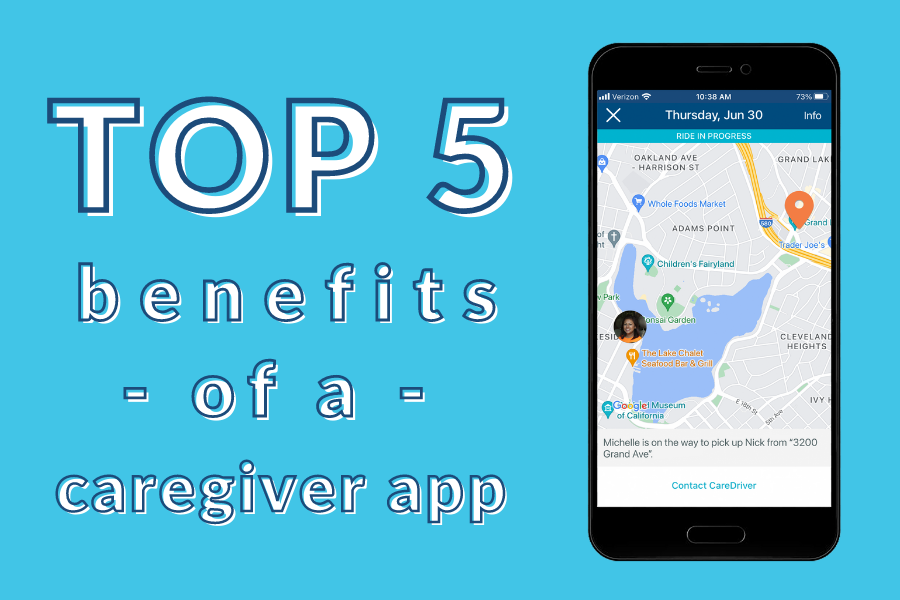The benefits of student mentorship programs

By providing academic and social support over long periods, student mentorship programs unlock many benefits for the students who enroll in them. In this article, we’ll define mentorship programs, touch on their most notable benefits, and reveal how to ensure the most vulnerable groups of students can participate in these programs.
What is a student mentorship program?
There are many types of mentorship programs for all sorts of students and adults. In the context of students, however, the definition of formal mentorship is more narrow.
In 2017, the U.S. Department of Education issued a brief that identified student mentorship programs as a dropout prevention strategy. The publication defines mentoring as a formalized “supportive relationship” between an at-risk high school student and a non-parental adult from within or outside the school.
These mentors can be teachers, staff or even community volunteers who help ensure students stay on track in the classroom while assisting them with personal and academic goal setting.
While mentorships may occur naturally during extracurricular activities such as sports or theater, formal student mentorship programs that are intentionally facilitated by schools carefully match at-risk students with appropriate mentors.
Student mentorship programs can support academic progress
When a student begins working with an adult mentor tasked with tracking that student’s academic progress over time, there’s reason to hope for improvement in the classroom. While all progress is not measurable, student mentors can help keep tabs on attendance, assignments and overall performance week after week and year after year.
Oregon Junior/Senior High School in Illinois initiated an after-school mentorship program after noticing that too many first-year high school students were facing academic and social challenges. Research indicates that attendance and academic performance during ninth grade are critical indicators of timely graduation, so the school had many reasons to try a mentorship program as an intervention.
The school’s aim was to ensure that students attended school regularly, stayed connected in the classroom and secured passing grades. Things began to turn around within a couple of years, as on-time graduation and attendance rates improved.
Student mentors can help students set both short-term and long-term academic goals. For example, weekly goals could be as simple as turning in all math homework. Long-term goals might include enrolling in an SAT prep class or aiming to graduate with a 3.0 GPA.
Student mentorships can propel social and emotional growth
Student mentorship programs often begin as an attempt to keep struggling students’ grades at acceptable levels. Students who work with mentors, however, also receive social and emotional support.
Conversations with mentors can provide a safe space for students to express frustrations, and discuss concerns and challenges they may be experiencing. Perhaps they don’t understand an assignment, can’t see the whiteboard or don’t have the internet access they need at home to research a history paper properly. Once a solid, secure relationship is established between a mentor and a student, the student may feel more comfortable talking openly and asking for the information, time and resources they need to succeed.
In the best mentorship programs, students can talk to trusted mentors about personal and academic goals. Having the ability to stop by to chat with a mentor after a big win or a hard day can make all the difference in the life of a student. Mentors become cheerleaders, and students realize that these adults are there to root for them, even when things get difficult. Some schools even raise funds so mentors can celebrate successes with their students.
How to ensure the right students benefit from mentorship programs
While many of the benefits of student mentorship programs are impossible to calculate fully, schools should aim to carefully select students for these programs whenever possible. For example, every year, the previously mentioned school in Illinois identifies 15% of its ninth-grade class as the most at-risk students for not graduating high school. To pinpoint these students, educators and administrators lean on indicators from students’ middle school records, including attendance rates and missing homework.
Aside from identifying the best candidates for student mentorship programs, schools should make sure any students enrolled in these programs attend school consistently enough to truly benefit from them. Since chronic absenteeism is already a roadblock to educational equity, schools can only expect students to truly connect with mentors if they have access to safe, reliable transportation to campus in the first place.
Schools need secure, consistent transportation that meets the needs of all students, including academically at-risk students who are enrolled in mentorship programs. Dependable transportation is, of course, also critical for other student populations that may have individualized learning and scheduling requirements including students with special needs, those who are experiencing homelessness and those who are living in foster care.
From crafting Individual Education Plans (IEPs) to understanding the McKinney-Vento Act, schools can secure funding for necessary alternative transportation by swiftly and accurately identifying students’ needs.
HopSkipDrive is the leader in innovative, scalable school transportation solutions. Our solutions enable schools to meet specialized student transportation needs while solving for bus driver shortages.


